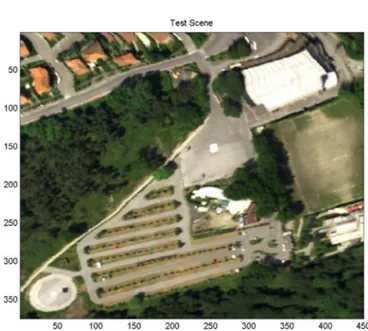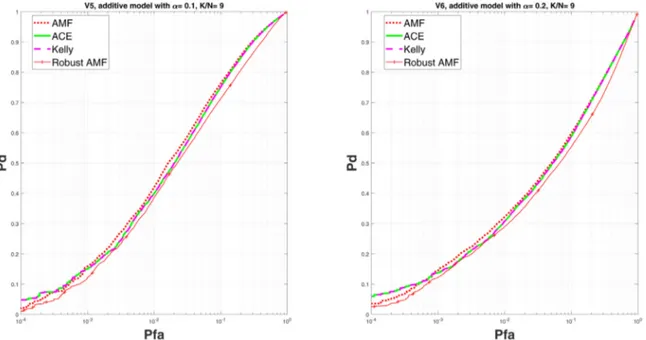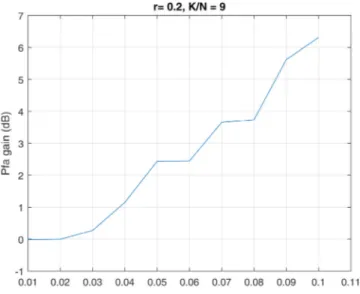Robust adaptive target detection in hyperspectral imaging
Texte intégral
Figure




Documents relatifs
Tourneret, and C.-I Chang, “Semi- supervised linear spectral unmixing using a hierarchical Bayesian model for hyperspectral imagery,” IEEE Trans. Sig- nal
Experiments on synthetic and real hyperspectral images validate the performance of the proposed algorithms for different scenarios, demonstrating that the correntropy-based
If some a priori knowledge of the noise statistics (e.g., K - distribution, t-distribution, etc.) is available, then M and µ should be estimated by the MLE ˆ M and µ ˆ of the
The idea is to evaluate psychomotor skills related to the performance in laparoscopic surgery and to adapt the training protocol according to each student’s
Although non-Gaussian distributions have already been as- sumed for background modeling, the parameters estimation is still performed using classical Gaussian based estimators;.. as
Four adaptive detection schemes, the AMF, Kelly detectors with a ”two-step GLRT” and a generalized versions as well as the ANMF, have been analyzed in the case where both the
The proposed BPT-based approach to estimate the statistical parameters need for the RX adaptive hyperspectral AD show an improvement over the results obtained by the
High phosphate reduces host ability to develop arbuscular mycorrhizal symbiosis without affecting root calcium spiking responses to the fungus.... Rochange 1 ,